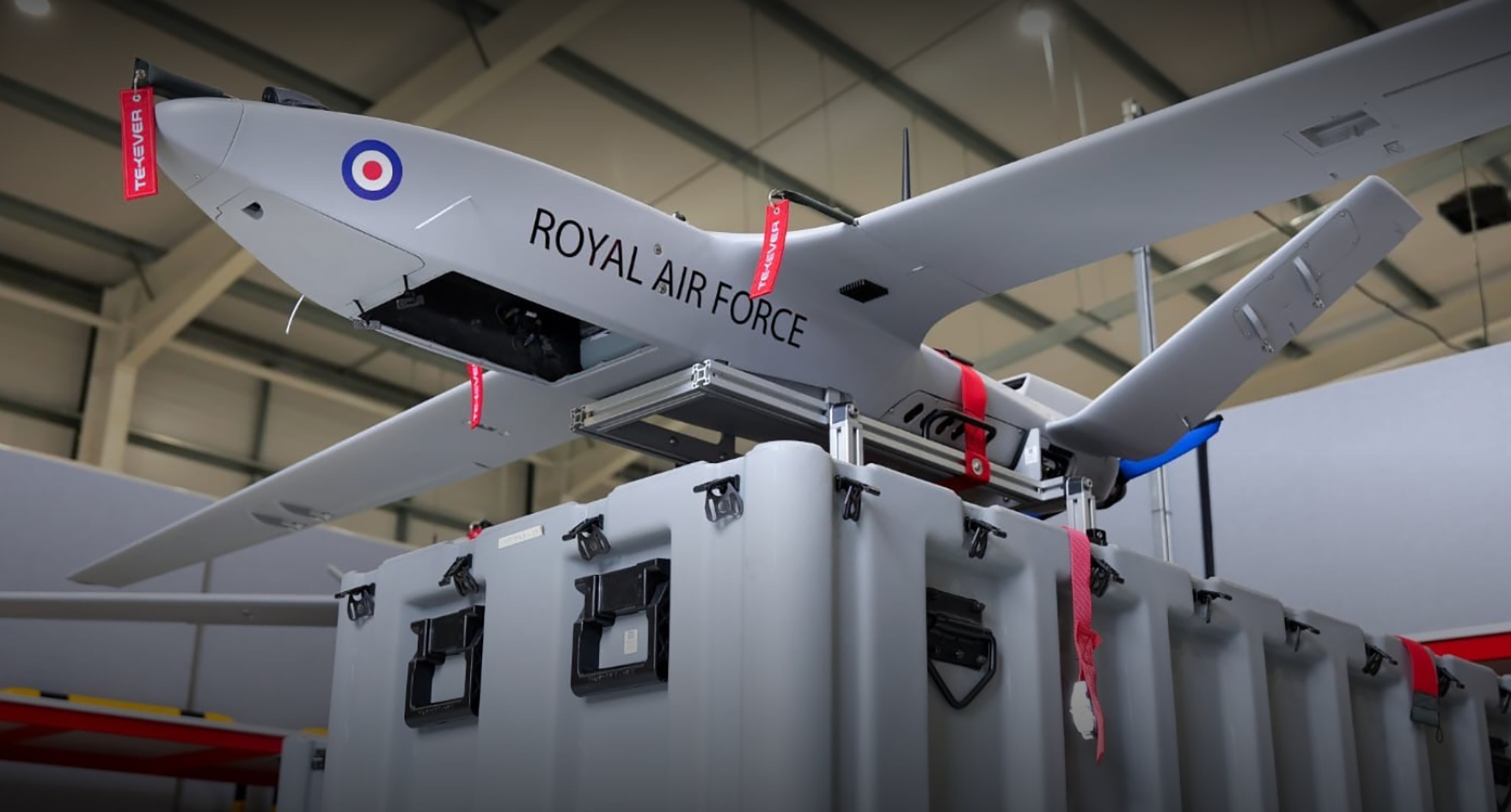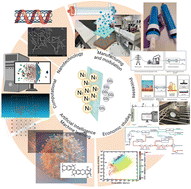Future warfare depends on agile, measurable software development
Retired Lt. Gen. Clinton Hinote and Nathan Parker in this op-ed make several recommendations for software development in the DoD.


Airman 1st Class Tevin Miller and Airman 1st Class Amanda Button, 707th Communications Squadron client system technicians, update software for computers that will be used on Air Force networks January 9, 2018 at Fort George G. Meade, Maryland. (US Air Force photo/Staff Sgt. Alexandre Montes)
The Department of Defense (DoD) is facing a stark reality: Its current acquisition model is a relic of the past, unable to keep pace with the lightning-fast evolution of modern warfare. While the DoD recognizes this problem, the speed of change remains slow. The recent SECDEF mandate for the Software Acquisition Pathway (SWP) is an important step toward embracing agile acquisition, but it’s only the first step. We need a fundamental shift, including in how we measure success.
The DoD has stifled innovation with the infamous phrase, “There’s no requirement for that.” This bureaucratic mantra has become a death knell for agility, hindering the rapid integration of frontier technologies that could provide a decisive edge. Traditional metrics, tied to outdated hardware-centric processes, are no longer relevant. In software-defined warfare, victory depends on rapid adaptation and continuous improvement. Modern software development requires an agile approach — one that adapts quickly to changing needs, focuses on iterative development, and moves away from rigid, long-term plans.
Currently, the DoD lacks a comprehensive, standardized system for tracking and reporting software metrics across its vast acquisition enterprise. This results in fragmented data, inconsistent practices, and a critical lack of visibility into bottlenecks and opportunities for improvement. The consequences are slower delivery times, compromised quality, and a diminished ability to adapt to rapidly evolving threats. Said more directly: Our ability to deter conflict or win, if forced to fight, is greatly weakened.
The time for incremental change is over. While the DoD has adopted measures of success in isolated pockets, to effectively address the pacing threat from China and other adversaries, we propose a data-driven solution that spans the entire DoD and focuses on the key factors influencing modern software development.
Our work with the Atlantic Council Commission on Software-Defined Warfare includes several recommendations, such as:
- Deployment Frequency: To ensure our software remains up-to-date, adaptable, and responsive to user needs, we propose tracking the frequency of software updates deployed to a live production Historically, it takes months, if not years, to release software to major weapon systems. A tangible goal would be to release software on a weekly basis to a production environment for major weapon systems.
- Standardize Modern Metrics: Acquisition executives must work together to develop a core set of software metrics that apply to all acquisition programs, not just those using the These metrics should include measurements that quantify the speed of vulnerability and issue resolution, the impact of software changes on system safety and stability, and API usage for interoperability.
- Establish Transparent Reporting: PEOs, services, agencies, and OSD must compile and share regular reports to provide enterprise-wide visibility into trends, best practices, and
- Map and Streamline Processes: Major programs and software-intensive portfolios should meticulously map their development, testing, certification, and deployment processes to identify bottlenecks and opportunities for acceleration.
The Commission’s report emphasizes the need for the DoD to prioritize software delivery speed and real-world responsiveness. This goes beyond efficiency — it is crucial to maintaining our strategic advantage.
The DoD should operate with the agility and speed of commercial software developers. By focusing on the right metrics and acting decisively, we can preserve our technological superiority and, ultimately, our national security.
Lt. Gen. S. Clinton Hinote is a retired United States Air Force officer who served as the Deputy Chief of Staff for Strategy, Integration, and Requirements at the Pentagon. He now advises defense-focused companies and teaches at the RAND School of Public Policy.
Nathan Parker is the Chief Executive Officer of Edge Case, a leader in system safety solutions that enable the safe deployment of frontier technologies. His career spans all branches of the DoD and the intelligence community, with a recent focus on leveraging dual-use technologies to enhance military capabilities through the safe and efficient integration of commercial technologies

























































































































































